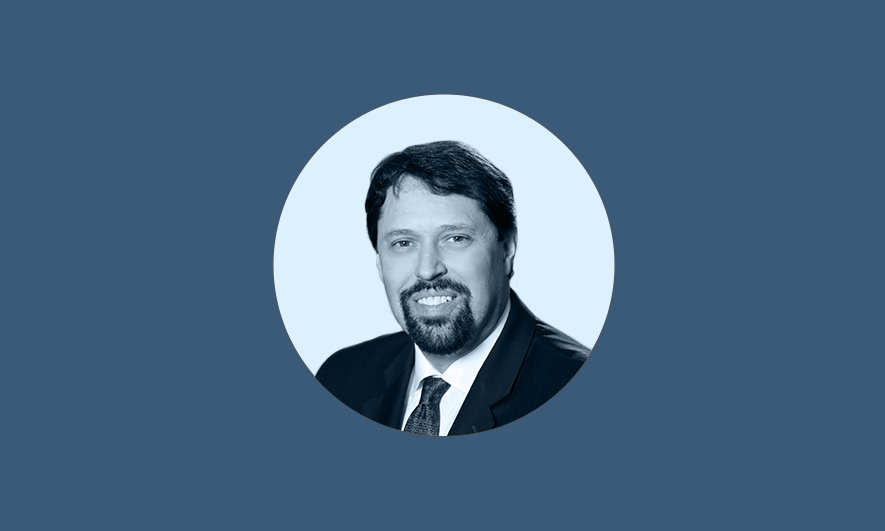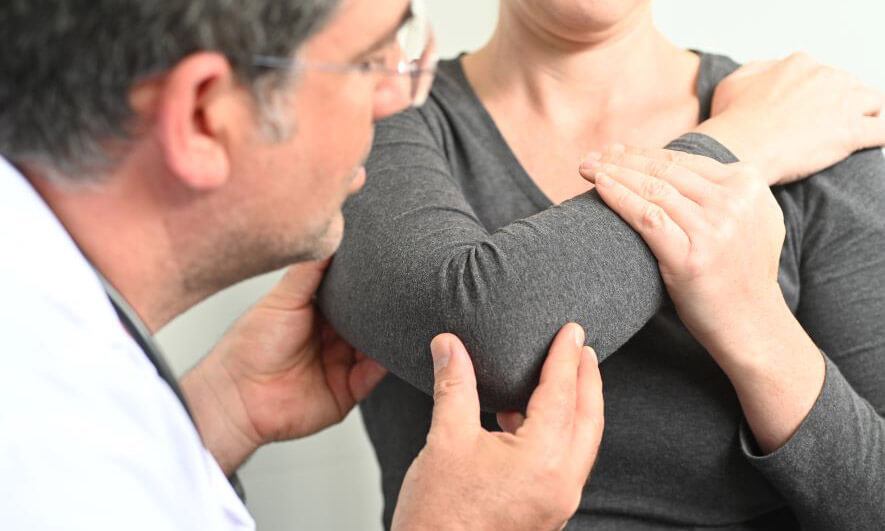Predictive modeling is transforming how claim examiners identify and manage high-risk workers’ compensation insurance (WC insurance) claims. It’s yielding results that not only reduce return-to-work timeframes and claim costs, but also expanding and improving insurer subrogation efforts.
Vice President and Claim Data Scientist Paul Drennan is a driving force behind The Hartford’s innovative approach to predictive modeling. It informs the company’s comprehensive solutions for workers’ compensation claim intervention and management.
In an interview, Drennan talks about how predictive modeling supports The Hartford’s subrogation process and why it’s such a critical value proposition for large, loss-sensitive companies.
What factors are considered when identifying workers’ compensation subrogation opportunities?
PD: Many factors play into the decision to subrogate. State insurance laws define levels of liability for workers’ compensation subrogation and dictate the conditions under which an insurer can pursue a case. From a practical standpoint, the insurer needs sufficient evidence to make a case and the subrogation opportunity needs to be worth the time, effort and expense that go into pursuing it.
In other words, just because we’ve found a third party that has liability doesn’t mean we will pursue a case. The case must meet exacting state criteria, as well as the insurer’s own criteria and any critical client considerations.
How does predictive modeling support the subrogation process at The Hartford?
PD: We use predictive modeling to prioritize the states and conditions where we have the opportunity to maximize the subrogation effort. Our models can also find unusual, rare or subtle patterns in a claim that might qualify for subrogation but be missed by our handlers.
Does predictive modeling streamline the process of evaluating eligible cases?
PD: Predictive modeling streamlines the evaluation process and makes it more efficient. Without modeling, the claim handler together with our Central Recovery Office (CRO) would need to determine case eligibility on a manual basis, which takes time and also presents the potential for error. Predictive modeling also provides insight in the form of data that can guide the investigation and evidence gathering.
It sounds like predictive modeling could lead to fewer missed opportunities.
PD: Yes, it does. Claims leakage costs the insurance industry millions of dollars each year, whether due to a potential third-party liability being masked, inefficiencies or errors in processing or other issues. No leakage is a groundbreaking proposition.
The models are helping The Hartford maximize all possible subrogation opportunities. They’re also helping us save on the need to engage external vendors to conduct missed opportunity reviews of our claim files. This is a long-time practice here at The Hartford, but one that has returned very little since our models went into operation. At this point, we believe that very few opportunities are missed.
Could models be used to identify all subrogation opportunities?
PD: That’s possible from an analytics point of view, but it’s not a direction in The Hartford’s best interest or that of our customers.
The claim handlers and their subrogation partners identify an overwhelming majority of cases that are eligible for subrogation and have expertise that is essential to gathering evidence, investigating losses and resolving our subrogation cases successfully.
Our goal with predictive modeling is to strike a balance between human and machine enablement – a complementary relationship where the handler is primary and the model serves a secondary, supportive role.
At what point in the workflow do you use predictive modeling to identify subrogation opportunities?
PD: The models rank all open claims for subrogation potential beginning with the first notice of loss. They run every day and reevaluate claims as new information comes in. Each claim is assigned a subrogation score, and those that reach a certain threshold are referred to the claim handlers and the Central Recovery Operations (CRO).
Ranking allows the team to focus on high-probability claims, and an early alerting system gives them time to develop build their case for subrogation.
If conditions warrant and the claim handler hasn’t already done so, the models will refer a claim to subrogation while the claim is still open. This gives the team more influence in their recovery efforts and allows them to do a better job of figuring out what works best for the plaintiff and the insurance company. In some cases, early action can extinguish the indemnity exposure and eliminate the need for subrogation entirely.
This early referral activity, which is unique to workers’ compensation, predates predictive modeling, but the models are helping us find things that weren’t found previously and find many of them earlier.
How do you monitor the effectiveness of models’ referrals?
PD: We monitor model performance monthly. One of the primary ways we do this is to watch how the CRO responds to the models’ referrals and track their acceptance rate. If that decreases, the model will be retrained with input and guidance from both the claim handlers and the CRO.
How does The Hartford’s use of predictive modeling stand out in the industry?
PD: Our use of text mining to capture claim details within freeform (unstructured) notations made by the handler is robust, distinctive and patented. The deep integration of the model into the claim workflow is also distinctive.
Can you offer some examples of the models at work within the subrogation process?
PD: In one recent case, an excavator was deemed a total fire loss with a value of just under $20,000. The model recommended the claim for subrogation, allowing the CRO representative to get involved early and secure a bid of over $2,000, which the insured agreed to match. This helped to provide a better customer experience for the insured.
In another property case, the model uncovered claims for two dropped laptops on the same day a settlement was being offered. The CRO was able to contact the insured and secure both laptops for salvage. They’ve since been shipped off to a vendor for evaluation and pending sale.
Do you have statistics that show the benefits of predictive modeling on The Hartford’s subrogation efforts in workers’ compensation?
PD: In 2016, for workers’ compensation alone, the models identified approximately 6,500 missed subrogation opportunities, 2,400 of which were pursued by the CRO. The savings to the company in terms of dollars recovered between $3 to $4 million.
How does this translate to benefits for The Hartford’s customers?
PD: The models’ success with subrogation is reducing the company’s loss ratio, which ultimately trickles down to a lower cost of insurance for our customers. Customers may also receive the immediate benefit of being reimbursed for their deductibles.
The information provided in these materials is intended to be general and advisory in nature. It shall not be considered legal advice. The Hartford does not warrant that the implementation of any view or recommendation contained herein will: (i) result in the elimination of any unsafe conditions at your business locations or with respect to your business operations; or (ii) will be an appropriate legal or business practice. The Hartford assumes no responsibility for the control or correction of hazards or legal compliance with respect to your business practices, and the views and recommendations contained herein shall not constitute our undertaking, on your behalf or for the benefit of others, to determine or warrant that your business premises, locations or operations are safe or healthful, or are in compliance with any law, rule or regulation. Readers seeking to resolve specific safety, legal or business issues or concerns related to the information provided in these materials should consult their safety consultant, attorney or business advisors. All information and representations herein are as of February 2022.
Links from this site to an external site, unaffiliated with The Hartford, may be provided for users' convenience only. The Hartford does not control or review these sites nor does the provision of any link imply an endorsement or association of such non-Hartford sites. The Hartford is not responsible for and makes no representation or warranty regarding the contents, completeness or accuracy or security of any materials on such sites. If you decide to access such non-Hartford sites, you do so at your own risk.
The Hartford Financial Services Group, Inc., (NYSE: HIG) operates through its subsidiaries, including the underwriting company Hartford Fire insurance Company, under the brand name, The Hartford,® and is headquartered in Hartford, CT. For additional details, please read The Hartford’s legal notice at https://www.thehartford.com.





